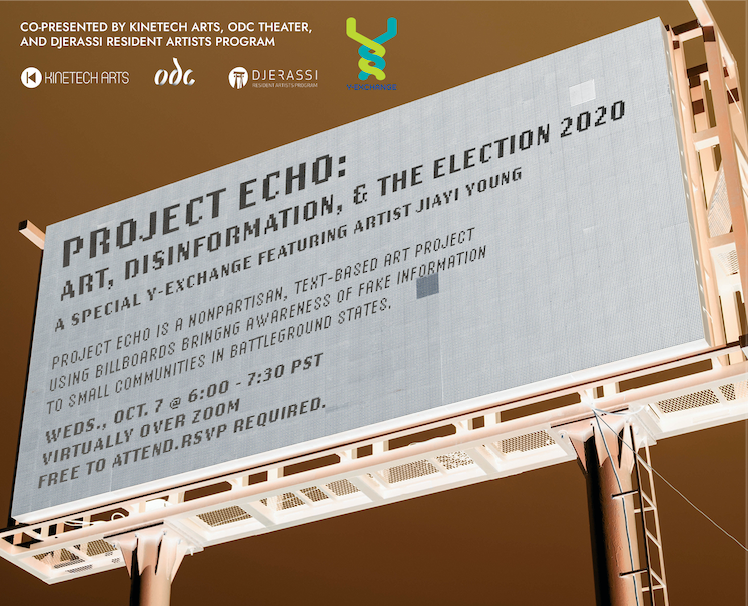
The 2020 Presidential Election is less than 5 weeks away. Usually, we only have On the last Wednesday of every month, we here at Kinetech Arts like to co-host “Y-Exchange” alongside ODC Dance. Y-Exchange is a series of presentations about performing arts, technology and science and how they intersect and inform each other. Every month, selected artists and scientists are invited to talk about their life and work. The event takes place on the last Wednesday of every month. Since 2014, we have featured hundreds of artists and scientists from all over the world!
Our Artist
Jiayi Young is the Associate Professor of Design at UC Davis. Young creates large-scale installations, permanent and temporary public artworks. Her inquiries lie within the emergent and experimental field of digital media with an emphasis on the cross-disciplinary areas of design that integrate the arts and the sciences with cutting-edge technology. Her current research and creative work are focused on constructing data-driven interfaces, installations, real-time projection graphics, participatory performances, and immersive environments in cultural and public places with a goal of creating generative energy to engage the public in social dialogue.
Her Past Work
Jiayi Young first talked about her previous project:"What does the Bot Say to the Human?" This particular project explores humans' relationship with technology, elections, and social media and was put together 5 years ago for the 2016 election. Many of the questions the project was asking at the time really came to life over this time.
The project identified influential twitter bots on social media.
Method for the 2016 election project:
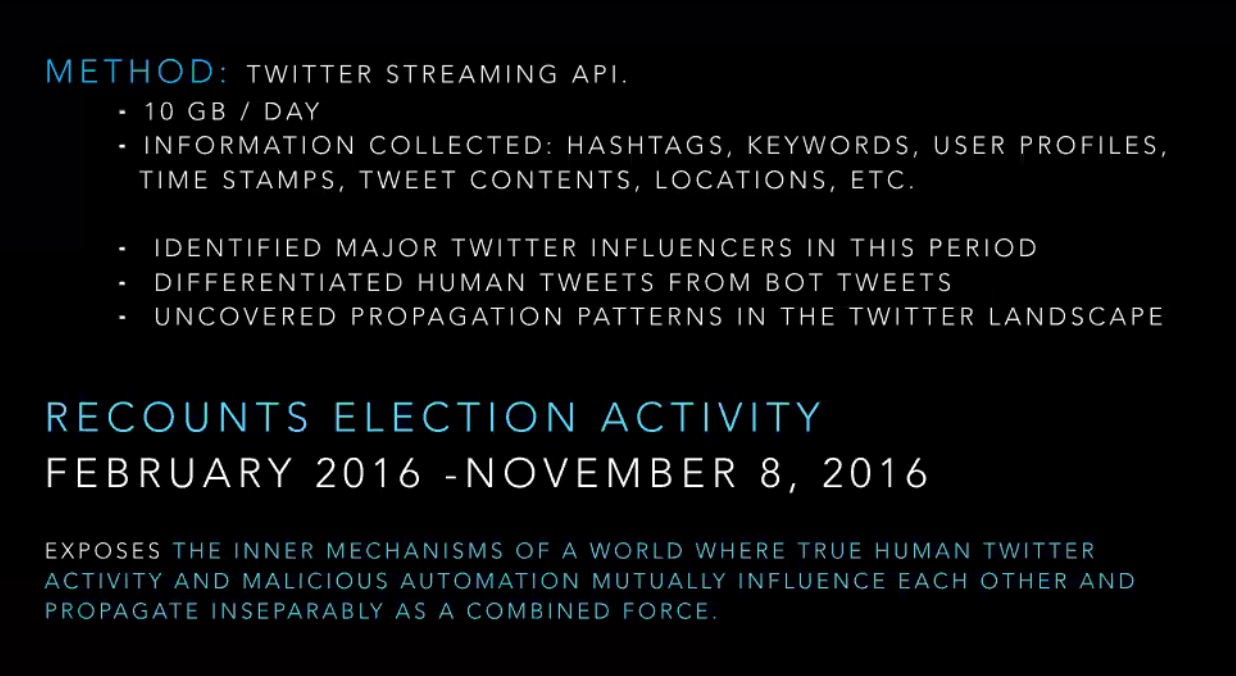
You can see more about this project, that involved an installation with rain that represented Trump's tweets, clicking that represented bots, fluids moving from container to containers, and lights, here:
The American public was largely oblivious of how social media was being used to artificially inflate propaganda in the 2016 election, so the installation was meant to help public engagement.
The Current Project
As the years passed and American democracy is muddled by disinformation, she asked herself –
What can I do as an artist and a designer?
Her motivation for this project can be seen in her Artist Statement:

One goal was to put people's nonpartisan, everyday concerns onto billboards.

If you want to submit your own concern and statement, you can do so here: https://project-echo.ucdavis.edu/
The other part of her research involves creating seismographs that track specific tweets and topics of disinformation.
A lot of things are happening in this space: mostly for the goal of astroturfing.
Astroturfing is "the practice of masking the sponsors of a message or organization (e.g., political, advertising, religious or public relations) to make it appear as though it originates from and is supported by grassroots participants."
This technique is heavily used by the Republican side of the campaign.
Jiayi and her team are tracking the disinformation that is spreading across the internet.
Below, you can see a seismograph of activity for the FALSE statement that Harris declined to prosecute Planned Parenthood, and Planned Parenthood is selling aborted baby parts.
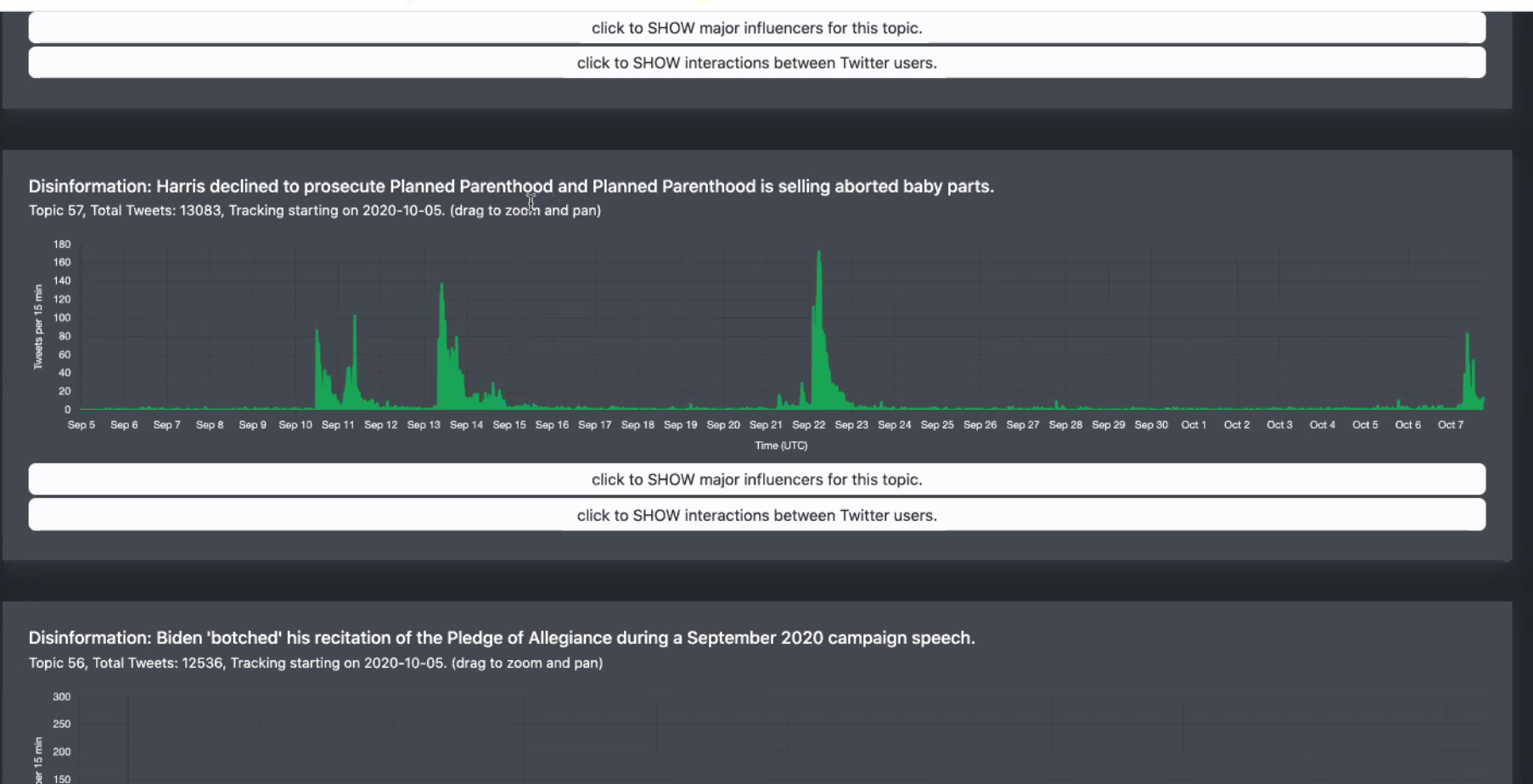
Even Gen Z isn't shielded from disinformation. Jiayi talked about her 16 year old daughter and friends talking about how they support Planned Parenthood but aren't ok with selling aborted baby parts.
Jiayi also spoke about how they guess whether an account was a bot or not.
Another pressing and terrifying disinformation campaign was about disinformation on mail-in ballots.

Jiayi's research also sometimes gives twitter accounts an "influence score" to see how much subsequent activity is affected by that influencer. The good news? Sometimes, journalists can have more influence over facts being spread than even Donald Trump.

Jiayi's research also sometimes gives twitter accounts an "influence score" to see how much subsequent activity is affected by that influencer. The good news? Sometimes, journalists can have more influence over facts being spread than even Donald Trump.
How did we get here?
Perhaps our inability to face our traumas? Our desire for belonging? Up for debate.
For more information, see https://project-echo.ucdavis.edu/
If you're curious about more stuff, feel free to join our meetup group here and pop on by between 6-7:15 PM Pacific time on any Wednesday!
Y-Exchange is Co-Presented by Kinetech Arts, ODC Theater and The Djerassi Resident Artists Program.
Further reading:
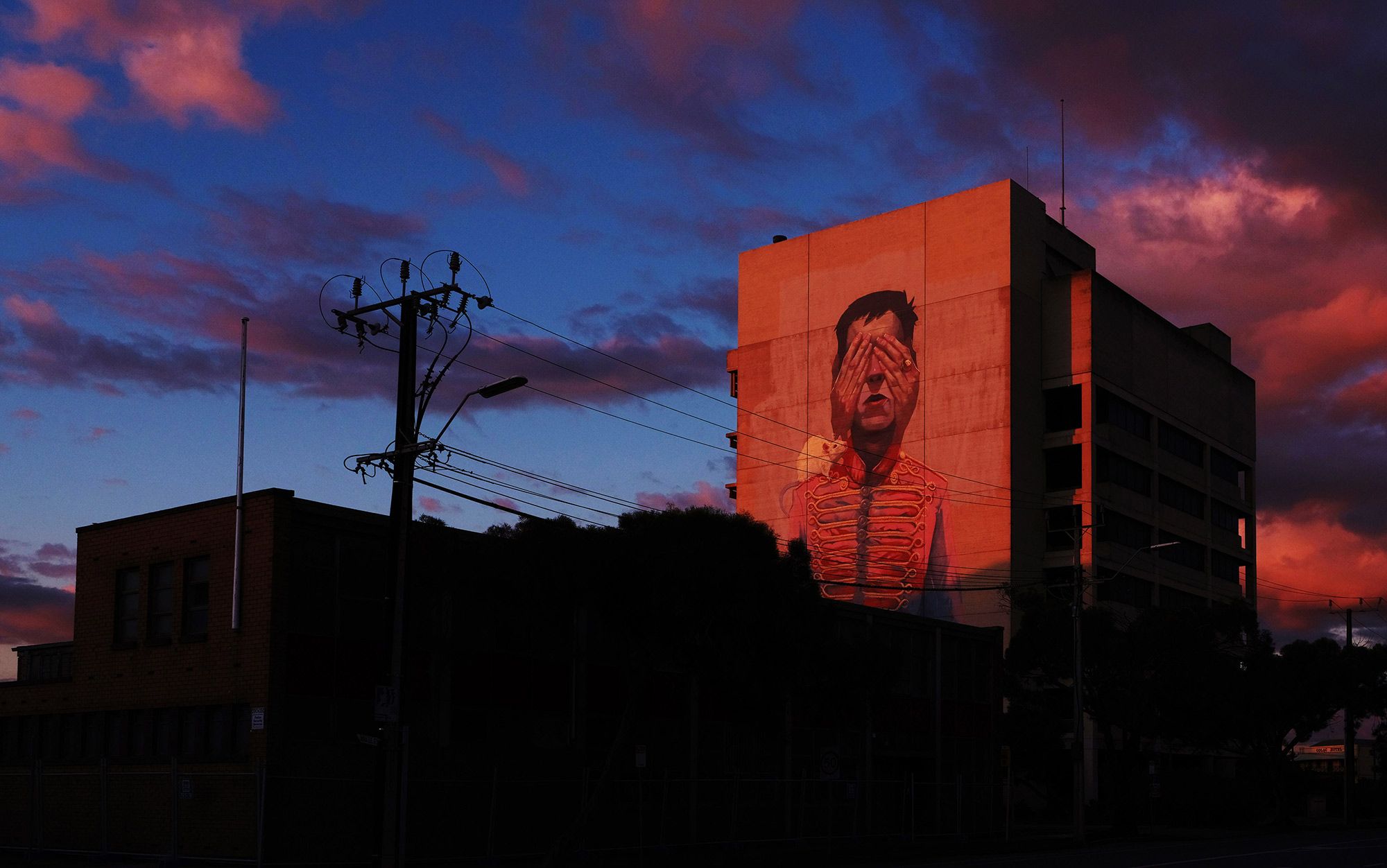
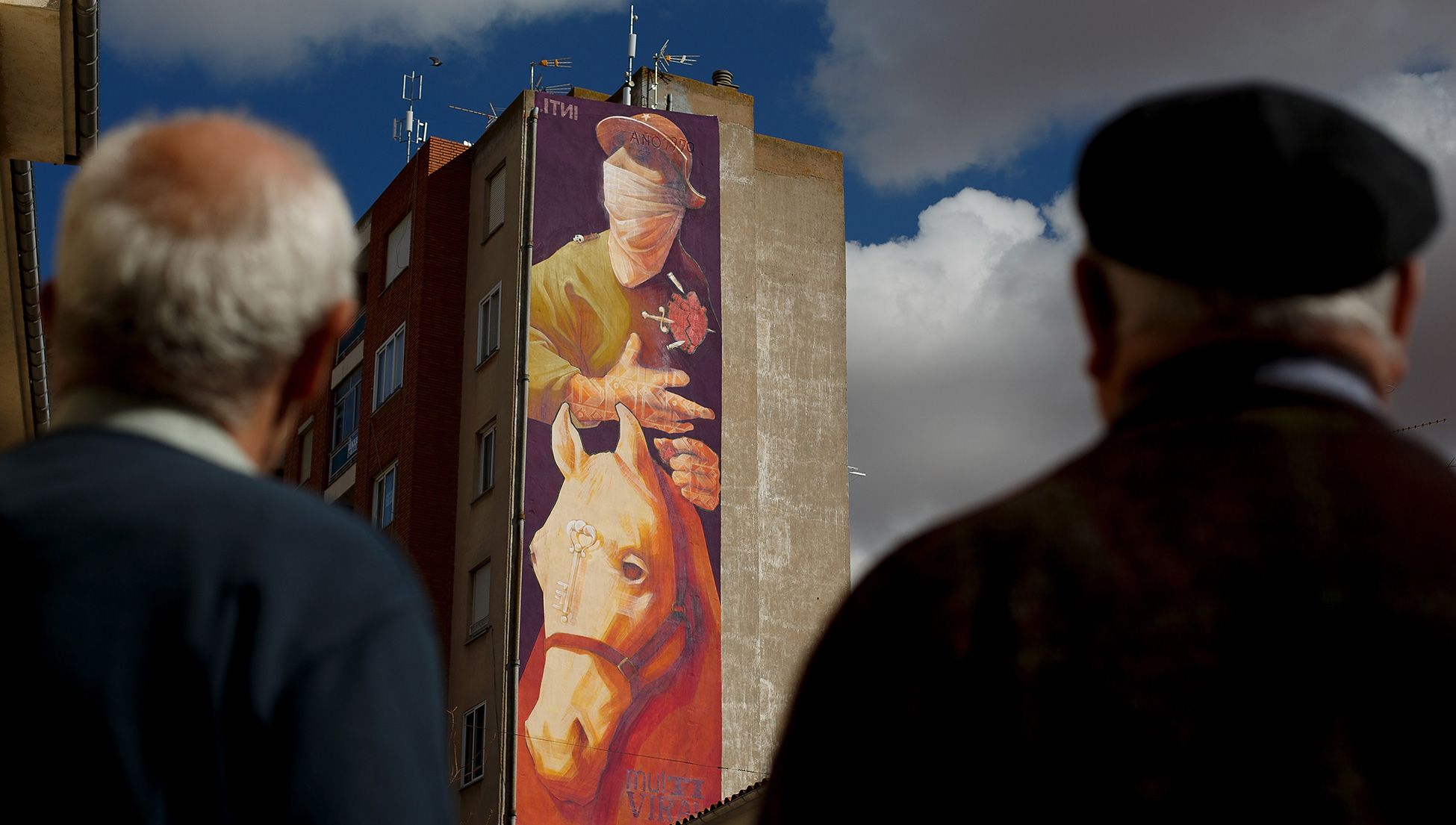
Dr. Gabor Maté

